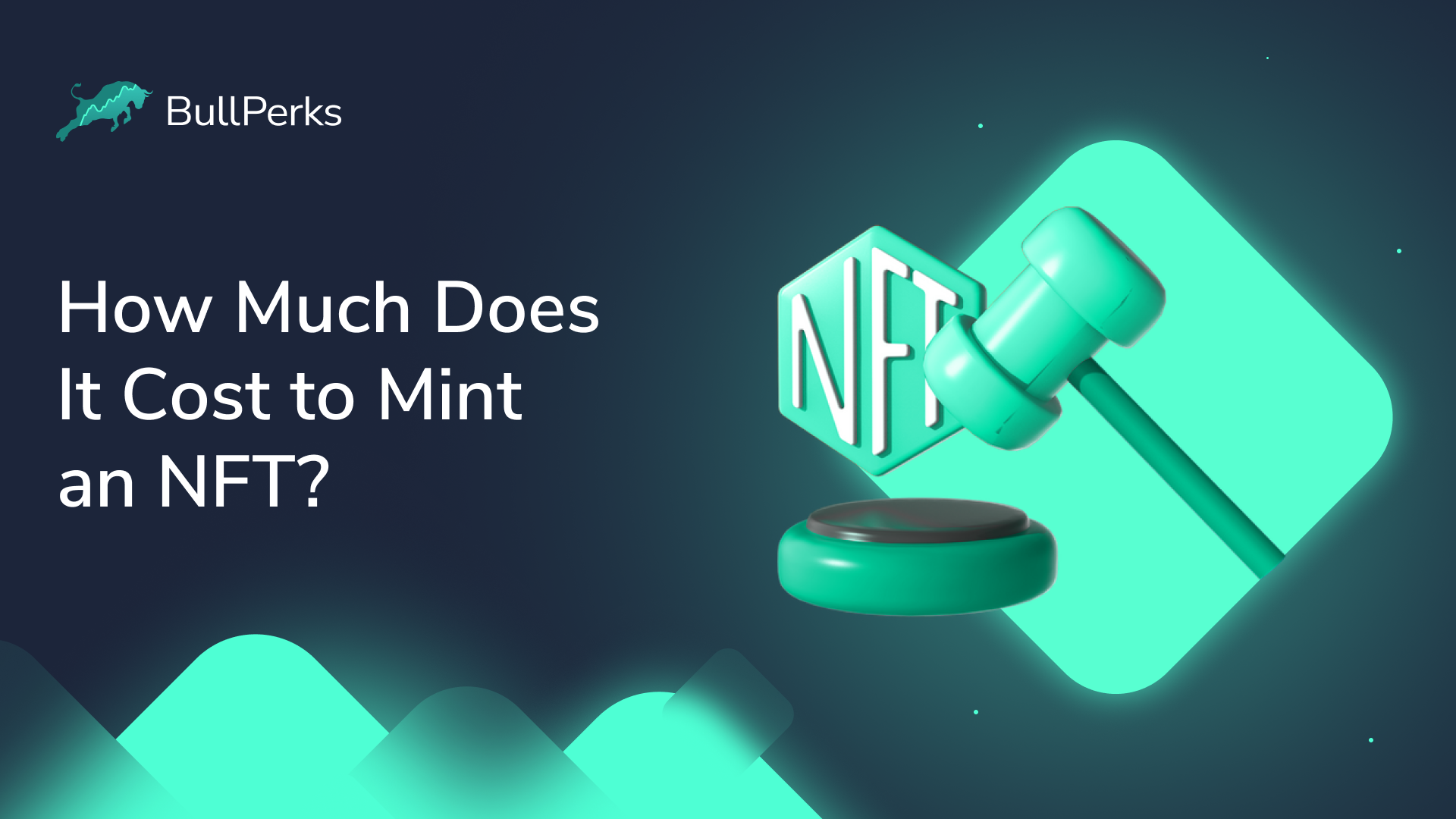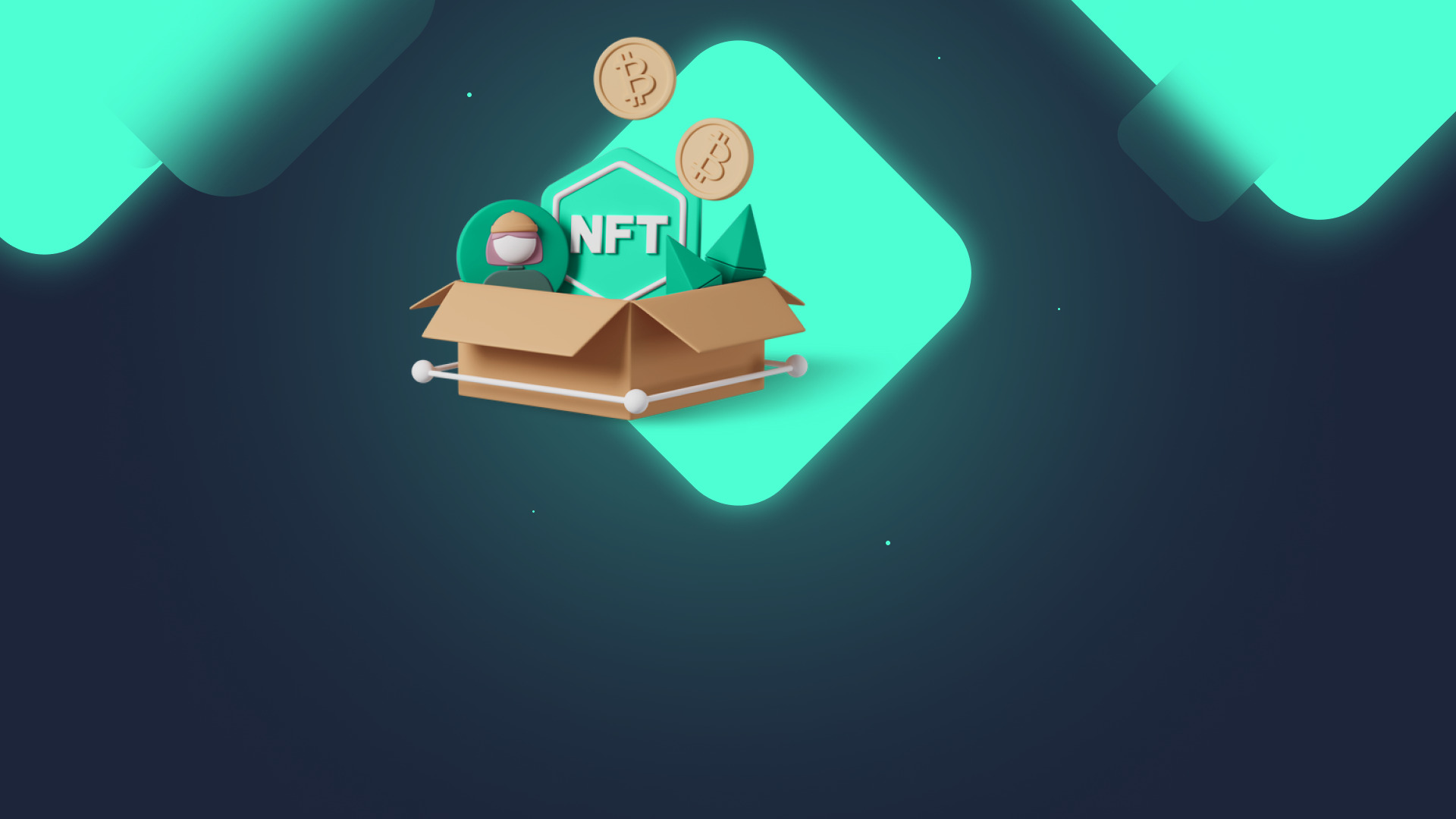
The meteoric rise of Non-Fungible Tokens (NFTs) has left many wondering how much it costs to mint an NFT. With digital art, music, and other collectibles selling for millions of dollars, people are eager to understand the associated costs involved in creating their own NFT.
So how much does it cost to mint an NFT? In this article, we'll explore the various fees associated with minting an NFT and provide a breakdown of how much you can expect to pay when launching your own token. Read on to find out more!
What Is Minting an NFT?
Minting an NFT is the process of creating a new token on a blockchain. This involves recording information about the item and assigning it to a digital asset that can be bought, sold, and collected by its owner.
Minting requires fees to cover the cost of gas – which is used to power the blockchain transaction – as well as any platform or marketplace fees associated with listing your asset.
As each network has its own set of charges for minting an NFT, you'll need to do some research in order to keep your costs down. Once your token has been minted, it's then ready for sale and trading on cryptocurrency exchanges or dedicated markets such as OpenSea and Rarible.
Factors That Affect the Cost of Minting an NFT
Minting an NFT is a complex process that involves recording information about the item and assigning it to a digital asset. However, how much this process costs depends on several factors, including gas fees, platform or marketplace fees associated with listing the asset, and more.
Gas fees
Gas fees are used to power the blockchain transaction required for minting an NFT. This fee will vary depending on how complex the data is that you're minting, as well as how much load is placed on the network at any given time.
As gas fees can be unpredictable, checking what rate you'll be charged before committing to minting your token is important.
Blockchain
The blockchain you choose will impact the cost of minting your NFT. Ethereum is currently the most popular blockchain for NFTs, but other options like Binance Smart Chain and Flow are also gaining popularity for many reasons.
Platform or marketplace fees
Most platforms and marketplaces that allow users to list their tokens for sale charge a small fee for listing them.
This is usually a percentage of the final sale price, ranging from 0-5%.
In addition, some sites may also charge additional fees when withdrawing funds, so it's essential to read through the terms of service before committing to a platform or marketplace.
Mining fees
Mining is the process of verifying and adding new transactions to the blockchain, so it's an important part of minting an NFT.
Typically, miners charge a fee for processing these transactions, which can be anywhere from 0-5%. It's important to note that this fee does not always go directly to the miner – sometimes, it may be absorbed by the platform itself.
All in all, how much you'll pay for minting an NFT will depend largely on how complex your data is and how many fees are associated with listing your token on a particular platform.
With this knowledge in mind, you can now make more informed decisions about how much to expect when minting your own NFT. Good luck!
How to mint NFTs on Ethereum and Polygon?
Minting NFTs on Ethereum and Polygon is relatively straightforward. The process involves paying a gas fee to power the blockchain transaction, as well as any platform or marketplace fees associated with listing your asset.
Depending on how complex your data is and how much load is placed on the network, this fee can range from 0-5%.
Once your token has been minted, you will then be able to list it for sale and trade it on cryptocurrency exchanges or dedicated markets such as OpenSea and Rarible.
It's important to research all associated costs before committing to the minting process, so you know what rate you'll be charged. Finally, remember that some platforms may also charge additional fees when withdrawing funds.
Breakdown of Costs
Minting an NFT is a complex process that involves recording information about the item and assigning it to a digital asset.
However, how much this process costs depends on several factors, including blockchain fees, wallet fees, artist royalties, and more.
Blockchain fee
This fee varies depending on which blockchain you choose. For example, Ethereum charges gas fees that can range from $10-$100 per transaction.
Wallet fee
Some wallets charge a fee for creating or storing NFTs. For example, MetaMask charges $120 to create an account.
Artist royalties
If you're working with an artist or creator to mint their work as an NFT, they may require royalties or a percentage of sales.
Ways to Create NFTs
Minting Non-Fungible Tokens (NFTs) is an increasingly popular way to tokenize digital assets, from art and music to collectibles, and more.
While the process of creating an NFT can be complex, there are several different ways to do it, depending on how much you're willing to invest in the project.
These include lazy minting, gasless minting, and layer 2 scaling solutions - all of which have their own advantages and disadvantages.
| Comparison | Gasless Minting | Traditional Minting |
|---|---|---|
| Definition | Minting method where the user doesn't pay the gas fee upfront. The minting process is deferred until the item is sold or a certain condition is met. | Standard minting process where the user pays the gas fee immediately to create an asset on the blockchain. |
| Gas Fees | Typically, no upfront gas fee is required. The fee might be paid later or covered by another party. | Immediate payment of gas fees at the time of minting, borne by the minter. |
| Efficiency | Can be more efficient in terms of reducing wasted gas fees, especially when minting large quantities or when gas prices are high. | May result in wasted gas fees, especially if an asset doesn't sell or if it's minted during peak gas price times. |
| Use Cases | Ideal for platforms or projects where users may not have the necessary funds upfront, or in scenarios where it's uncertain if the minted item will be sold. | Commonly used for immediate issuance of tokens or assets, especially when the value of the asset justifies the upfront gas cost. |
| Accessibility | May allow more users to mint items, especially those unfamiliar with or deterred by gas fees. | Requires users to have a certain level of familiarity with the ecosystem and to have funds to cover gas fees. |
Lazy minting
Lazy minting is an increasingly popular way to create NFTs without having to pay the high gas fees associated with other methods. It works by leveraging existing Ethereum smart contracts, allowing users to quickly and easily publish their tokens on the blockchain without needing to write any code or pay for gas fees.
The process is also relatively inexpensive compared to other methods, making it ideal for those just starting out in the world of NFTs.
While there are some drawbacks, such as limited customization options and potential security risks, lazy minting can still be a great option if you're looking for a quick and easy way of creating your own tokenized digital asset.
Gasless minting
Gasless minting is an increasingly popular way to create NFTs without having to pay the high gas fees associated with other methods.
It leverages existing Ethereum smart contracts and enables users to publish their tokens quickly and easily on the blockchain without needing any coding knowledge or paying gas fees.
This makes it an ideal option for those just starting out in the world of NFTs who are looking for a cost-effective solution.
Layer 2 scaling solutions
Layer 2 scaling solutions are becoming increasingly popular for minting Non-Fungible Tokens (NFTs). These solutions allow users to publish their tokens on the blockchain quickly and easily without needing code knowledge or paying gas fees.
By leveraging existing Ethereum smart contracts, users can create NFTs with greater customization options at a lower cost than traditional minting methods.
Additionally, layer 2 scaling solutions provide more scalability and security as compared to other tokenization processes. This makes them an ideal choice for those looking to save time and money while still creating high-quality digital assets.
Conclusion
Minting an NFT is a complex process that involves recording information about the item and assigning it to a digital asset. There are several cost components associated with this process, including blockchain fees, wallet fees, artist royalties, and more.
It’s important to research all of these costs before committing to minting your own NFT, so you know how much you will be charged in total for the project.
Additionally, there are various ways to create an NFT based on how much time and money you have available, from gasless or lazy minting solutions to layer 2 scaling options. Ultimately, whatever method you choose should ensure that your tokenized assets look great while being affordable at the same time.
So if you're still interested in knowing how much does it cost to mint an NFT, NFT minting in general, gas fee, minting NFT, how to find the best NFT marketplace, NFT minting costs, NFT marketplaces, NFT cost, transaction costs, NFT minting fee, an NFT market, how to create NFT, transaction fees, Ethereum blockchain, gas prices, NFT ranges, account fees, or how to find the best NFT project, you should definitely read more blog posts here, at BullPerks.
Would you like to start investing in the most promising crypto projects? Learn how to invest with BullPerks, the fairest and most community-oriented decentralized VC and multichain launchpad!
Disclaimer. This material should not be construed as a basis for making investment decisions or as a recommendation to participate in investment transactions. Trading digital assets may involve significant risks and can result in the loss of invested capital. Therefore, you must ensure that you fully understand the risk involved, consider your level of experience, investment objectives, and seek independent financial advice if necessary.












